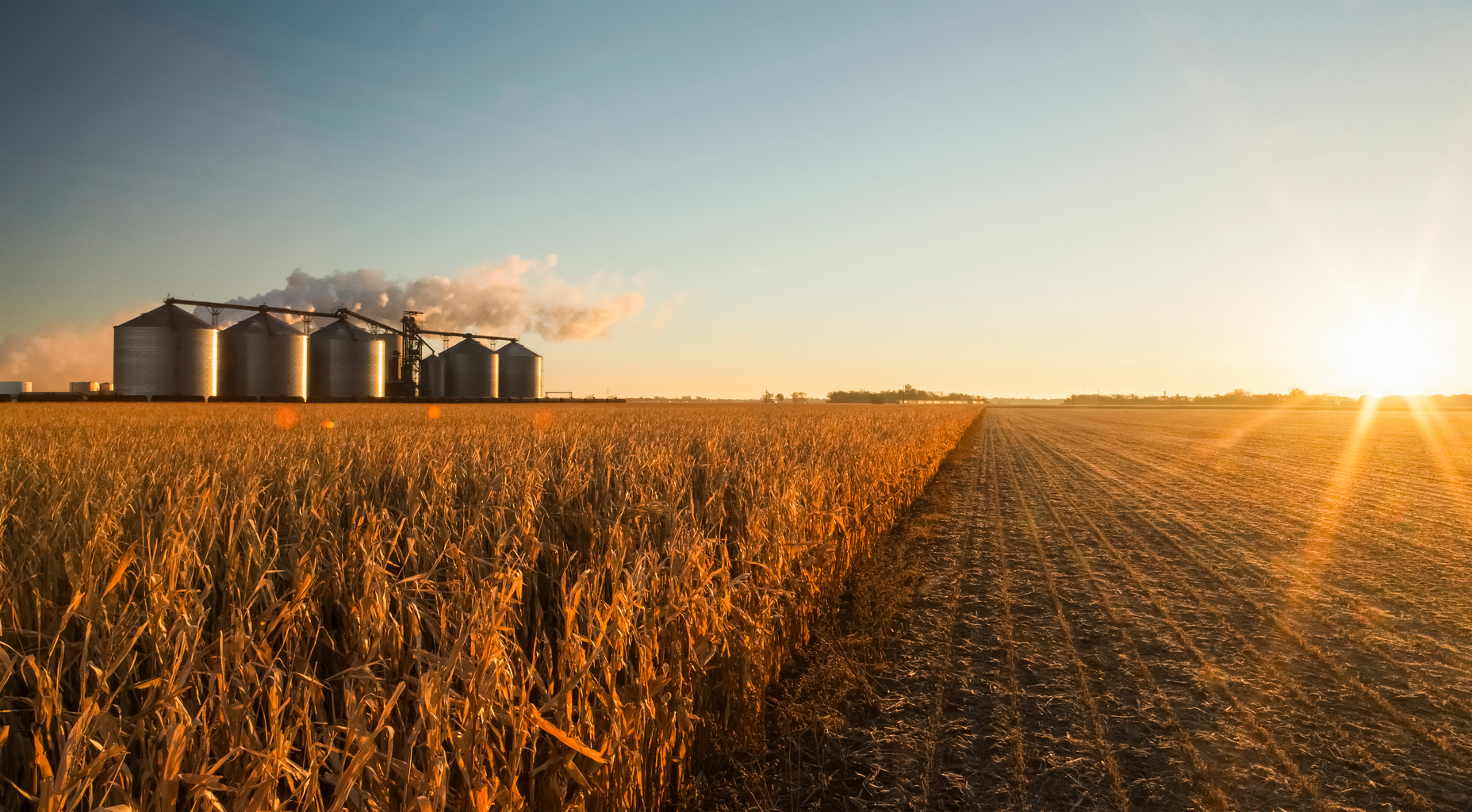Navigating the Future of Renewable Fuels
Challenges, Opportunities, and Building a Sustainable Path Forward
Corn and soy-based renewable fuels continue to evolve as the cornerstones of renewable energy in the U.S., with opportunities such as the expansion of E15 in California, new tax incentives, and ongoing improvements in production efficiencies.
As the United States seeks to reduce its dependence on petroleum and lower emissions, ethanol and soy-based diesel fuels will continue to play major roles. However, both sectors must navigate challenges like regulatory caps and evolving technological and infrastructure demands, such as carbon capture.
Working with our clients across agriculture, Stratovation Group is monitoring the market advantages of commercial-scale sustainable farming as they align with both environmental and economic goals. As we help guide the industry through these complex issues, the future of crop-based renewables remains a crucial topic in the broader conversation about renewable energy.
California and E15: A Turning Point?
One of the most notable recent advancements for ethanol is California’s push to adopt E15, a fuel blend containing 15% ethanol. California is currently the only U.S. state that has not approved the sale of E15, but the passage of a bill by the California Assembly may soon change that. The bill is designed to increase gasoline supply in the state by making E15 available. If the bill passes the state senate and is signed into law, it could mark a significant milestone for ethanol producers across the United States, opening up a major market and accelerating the use of higher ethanol blends.
However, this increased potential growth for crop-based renewable fuels comes at a time when they are facing increased scrutiny; again the focus is on The Golden State. The California Air Resources Board (CARB) recently proposed a cap on the amount of biofuel produced from soybean, canola, and sunflower oils that can qualify for low carbon fuel standard credits. While these changes are being considered to prevent market distortions, they also reflect the complexity of balancing renewable fuel production with broader environmental and economic goals.
The Broader Renewable Picture
Beyond California, corn and soy remain key components as feedstocks in the U.S. renewable energy strategy, but they are not without challenges. The Biden administration has set ambitious targets for renewable energy, including 3 billion gallons of domestically produced sustainable aviation fuel (SAF) by 2030. However, industry experts have recently admitted that this SAF target is likely unattainable, illustrating the broader difficulty of scaling SAF production. Further clouding the SAF picture is the fact that carbon capture and storage (CCS) are becoming a focal point of decarbonization efforts. There are still technical hurdles and infrastructure demands to overcome in the push toward the greener promise of SAF.
Overall, the U.S. remains the world’s largest ethanol producer, with output driven primarily by corn-based ethanol. Production increased slightly in mid-2023, supported by rising demand and exports. Ethanol blending into gasoline remains around 10% in most regions, while the push continues for E15.
U.S. biodiesel production has remained stable but is being increasingly overshadowed by the growth of lower-carbon-intensity renewable diesel, driven by policies such as California’s Low Carbon Fuel Standard (LCFS). Renewable diesel production surpassed biodiesel in 2023, according to the U.S. Energy Information Agency.
Opportunities in Tax Credits and Carbon Intensity Scores
One area where crop-based renewable fuels could see significant growth is in the clean fuel production tax credits for transportation biofuels. The 40Z tax credit, set to begin in 2025, offers renewable fuels producers and farmers the chance to capitalize on their lower carbon intensity (CI) scores. By reducing the CI of their corn and soybeans through efforts like improved soil health, reduced input use, or enhanced carbon sequestration, farmers can receive compensation as part of this credit program, creating new revenue streams and incentivizing sustainable farming practices. The key to success lies in the capturing in-field data. Ensuring that CI scores are well-documented and accurate will be critical to unlocking the financial benefits of these tax credits, although the process is expected to be complex and data-intensive.
Soybeans in Renewable Diesel and SAF
U.S. soybeans are playing an increasingly important role in renewable diesel and SAF production, driven by policies like California’s Low Carbon Fuel Standard. As demand for cleaner fuels grows, soybean oil has become a key feedstock for renewable diesel, with promising potential in the SAF sector as well.
While meeting ambitious SAF production targets remains challenging, ongoing investments are creating opportunities for U.S. soybean farmers. Stratovation Group is working with stakeholders to produce information to help farmers understand and capitalize on these emerging market opportunities.
At Stratovation Group, we understand the dynamic challenges and opportunities facing today’s agriculture industry, from the advantages of connected ag technology and renewable energy advancements like corn- and soy-based renewable fuels, to keeping our eyes on emerging markets and regulatory shifts. Our team continues to work closely with clients across all sectors of agriculture to develop innovative strategies that drive both profitability and sustainability. Whether it’s navigating complex marketing landscapes or communicating about optimizing production processes, Stratovation Group is dedicated to helping the U.S. ag sector and America’s farmers build a more resilient and prosperous future. Through tailored research, strategic consulting, and creative problem-solving, we empower our clients to lead the way in a rapidly evolving agricultural economy.

